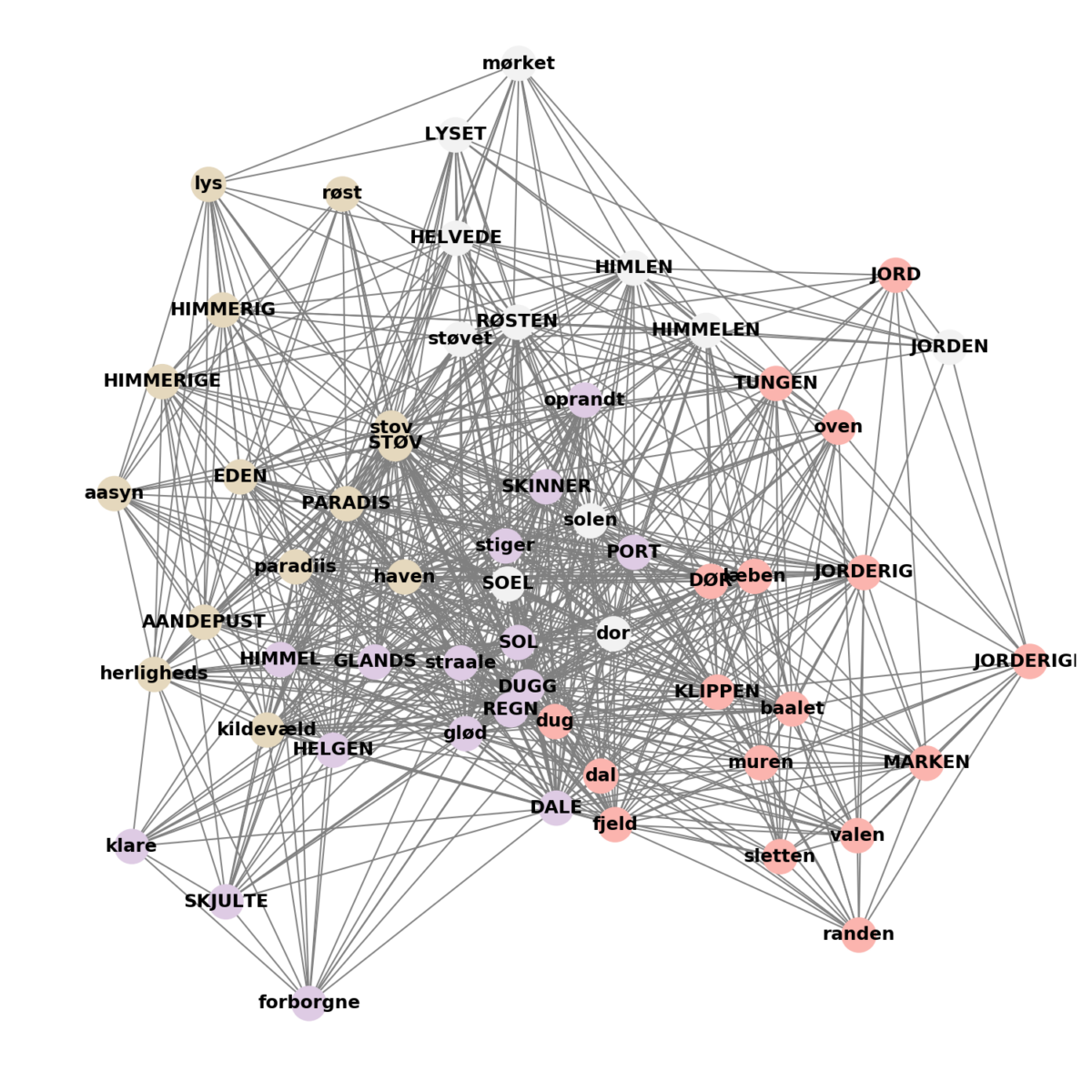PI: Assistant professor Iza Romanowska, Aarhus Institute of Advanced Studies, AU.
To overcome the challenges of limited data from ancient societies, researchers have started utilizing Agent-based model (ABM) sometimes enabled by supercomputing. ABMs are computational models that simulate the behaviour and interactions of individual entities, known as agents, within a specified environment or system. Each agent in the model is typically programmed with a set of rules or algorithms that control its behaviour, decision-making processes, and interactions with other agents and the environment.
ABM is a valuable tool in archaeology that allows us to simulate and analyse the behaviours and interactions of individuals or groups in past societies, and the use of ABM allows comparison of the model against real archaeological data.
Assistant Professor Iza Romanowska
In one of Iza Romanowska’s studies, agent-based modelling (ABM) made it possible for her and her colleagues to explore the Roman economy in the context of long-distance trade, using ceramic tableware to understand the distribution patterns and buying strategies of traders in the Eastern Mediterranean between 200 BC and AD 300.
You can read the full article about Iza Romanowska’s project on the DeiC Interactive HPC website.


